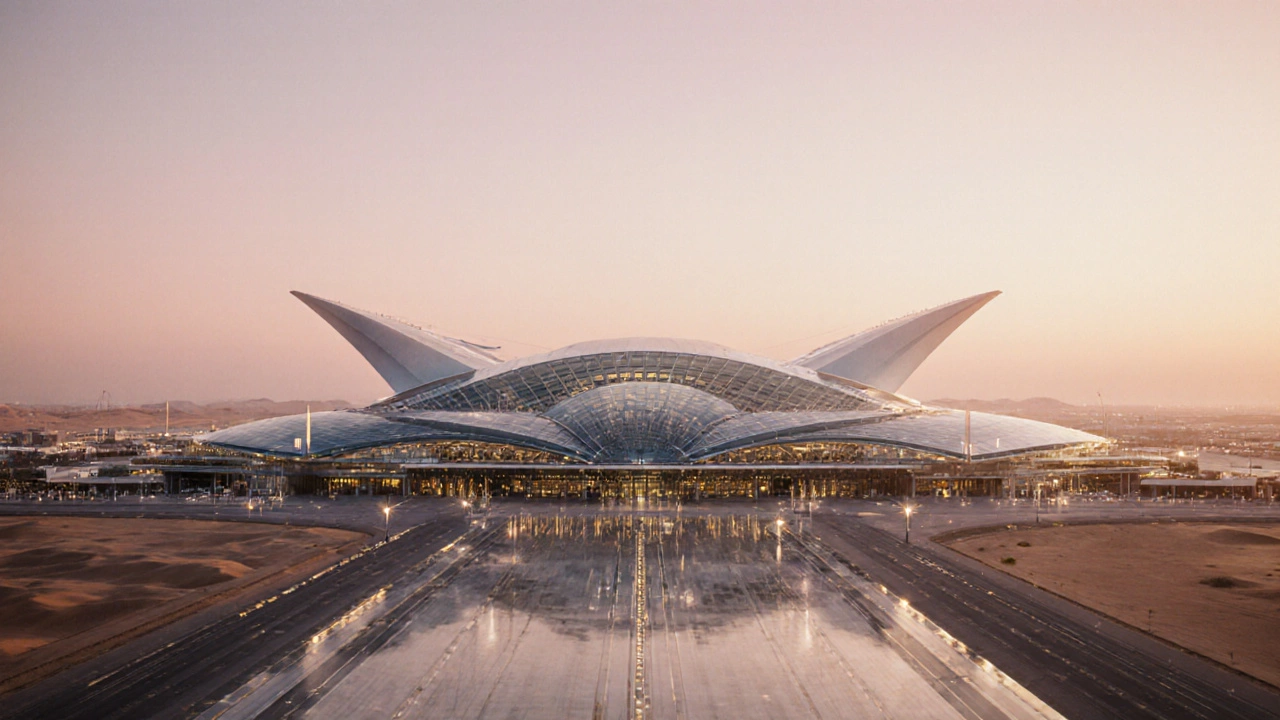Airport Design: What Makes an Airport Work for Travelers
When you think about airport design, the planning and construction of airport facilities to handle passenger flow, aircraft movement, and safety requirements. Also known as aviation infrastructure, it's the unseen system that decides whether your trip starts with calm or chaos. Most people never notice it—until they’re running late, lost in a maze of gates, or stuck in a security line that moves slower than a snail. Good airport design doesn’t shout. It just works. Bad design? It screams at you with confusing signs, endless walks, and broken elevators.
Behind every smooth airport experience is careful planning of airport layout, the spatial arrangement of terminals, runways, baggage systems, and transit zones to optimize efficiency and passenger flow. Think of it like a city map—but one where millions of people move every day, carrying bags, kids, and anxiety. The best designs keep check-in, security, and boarding areas close enough to walk but far enough apart to avoid crowding. They give you clear sightlines so you don’t need a GPS to find your gate. And they build in buffers—extra time, extra space—because flights don’t always leave on time, and people don’t always move at the same speed.
Then there’s passenger experience, the sum of all feelings, frustrations, and comforts a traveler encounters from arrival to departure. This isn’t about fancy lounges or free Wi-Fi (though those help). It’s about reducing stress. Can you find a restroom without asking five people? Is there a quiet corner to sit when your flight’s delayed? Are the signs in languages you understand? These small things add up. A well-designed airport doesn’t just move planes—it moves people with dignity. You’ll notice it when you don’t feel like you’re in a warehouse for humans.
And let’s not forget terminal planning, the process of designing individual terminal buildings to handle specific airline operations, baggage handling, and passenger needs. Some terminals are built for one airline. Others serve dozens. The difference? One feels like a cozy hub. The other feels like a crowded bus station with jet engines. Good terminal planning considers how airlines operate, how luggage moves, and how travelers actually behave—not how planners wish they would.
These aren’t abstract ideas. They’re the reason some airports make you want to come back, and others make you swear you’ll never fly through there again. You’ve felt it: the relief of a short walk from security to your gate. The frustration of climbing three floors just to find a coffee. The confusion when the same gate number appears in two different terminals. These aren’t accidents. They’re design choices.
The posts below don’t talk about runways or control towers. But they do talk about what happens after you land—or before you take off. From safety in big Indian cities to navigating temple visits, food safety, and trekking trails, every travel experience starts with how well the system works around you. Whether you’re flying into Mumbai, catching a train from Nagpur, or hiking the Himalayas, the same principle applies: good design makes the journey easier. Bad design makes it a chore. What you’ll find here are real stories from travelers who’ve been through it all—and learned what actually matters when the system is on the move.
